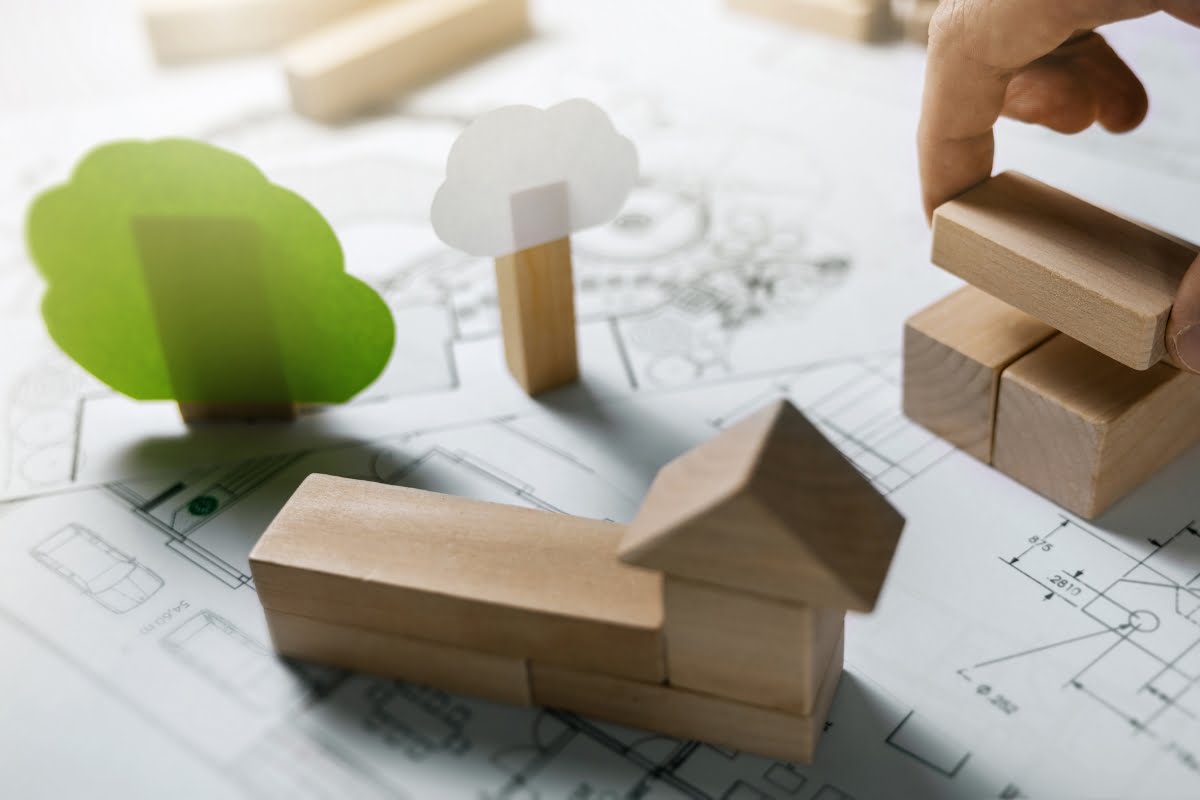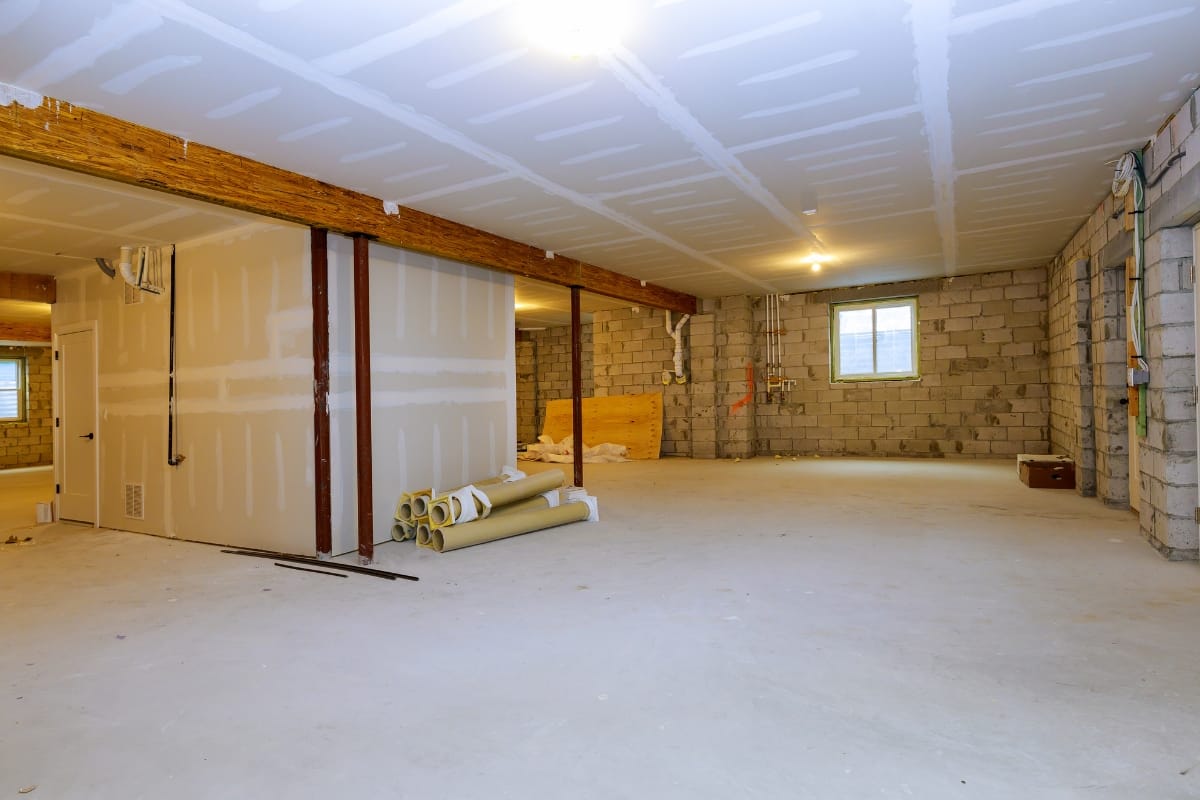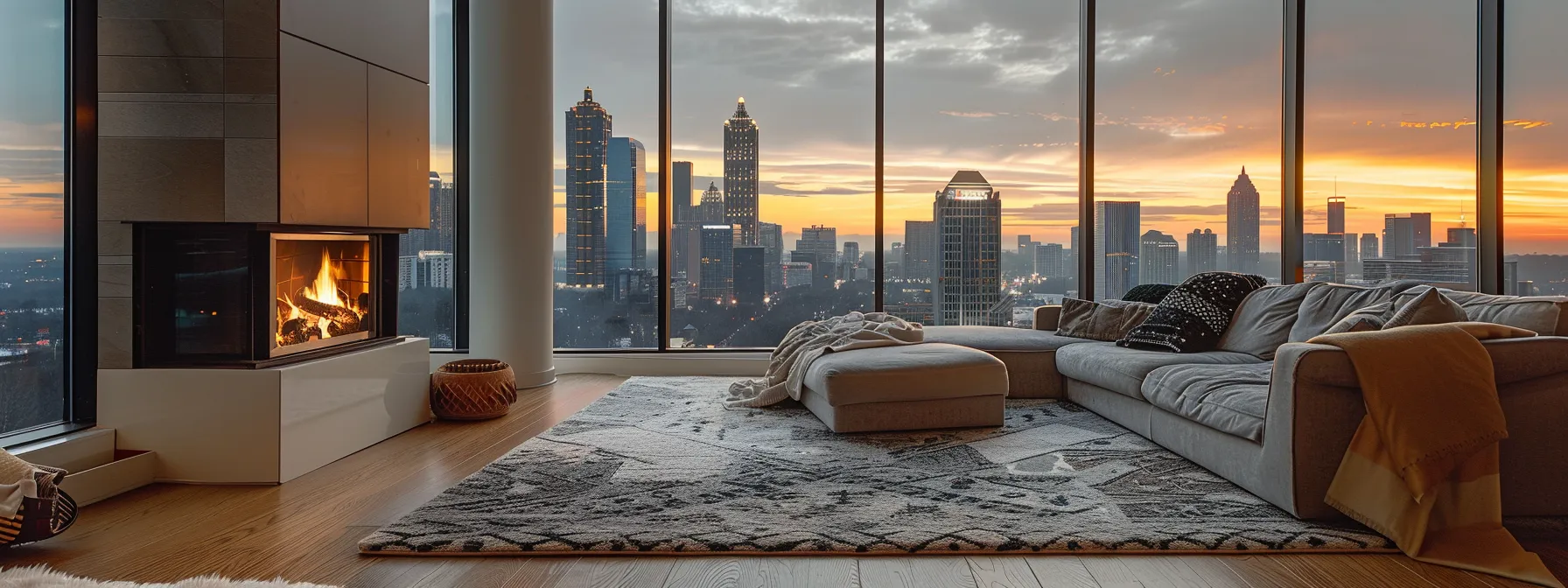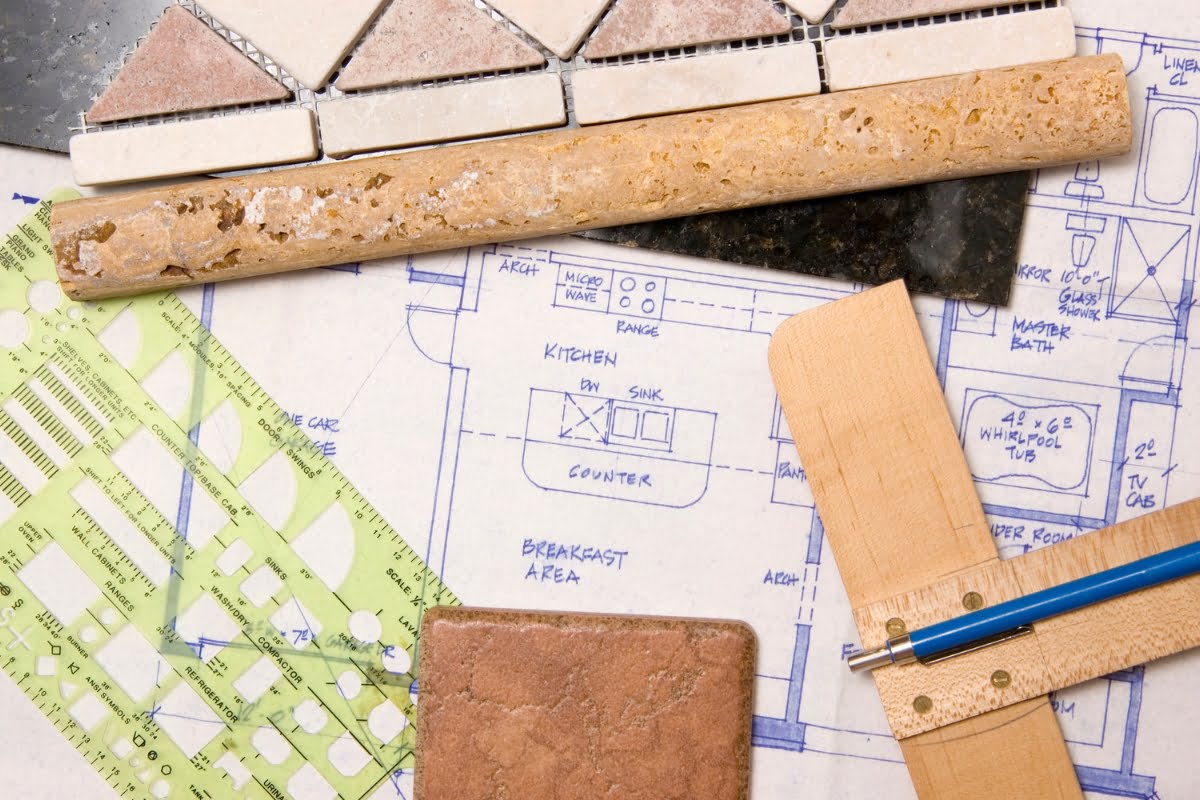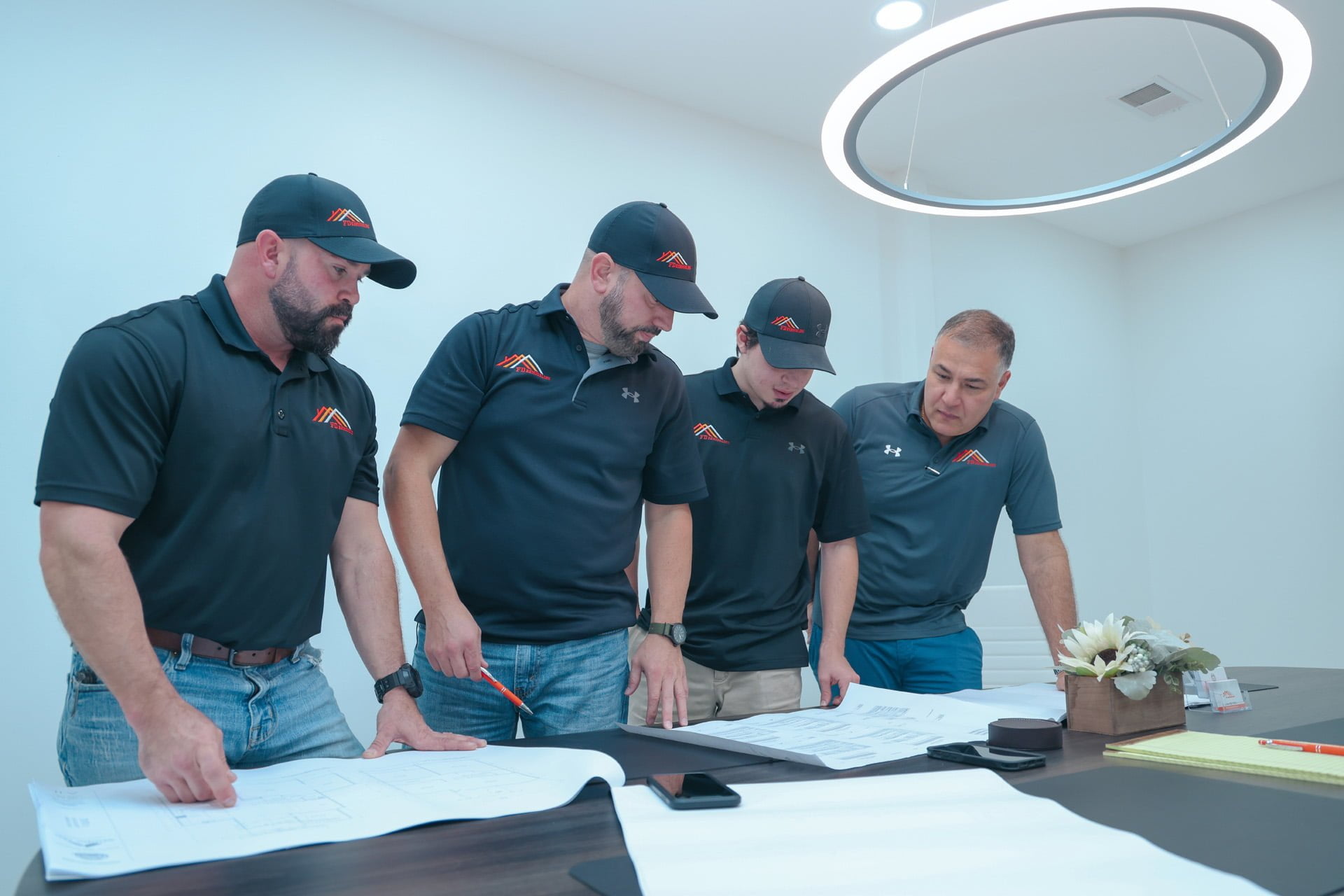As environmental consciousness continues to grow, more homeowners and builders are turning to sustainable materials to create eco-friendly spaces.
Using these materials not only reduces the environmental impact of remodeling projects but also enhances the health and energy efficiency of homes and commercial buildings. In this guide, we’ll explore the benefits of incorporating sustainable building materials into your remodeling projects, from bamboo flooring and recycled steel to low-VOC paints and reclaimed wood.
Discover how these eco-friendly options can transform your remodeling efforts, providing durability and aesthetic appeal while supporting a healthier planet. Whether you’re planning a minor renovation or a major construction project, learn how to make conscious choices that positively impact both your living space and the environment.
Building Better with Sustainable Materials: Are You on Board?
The Rise of Green Building Materials in the Construction Industry
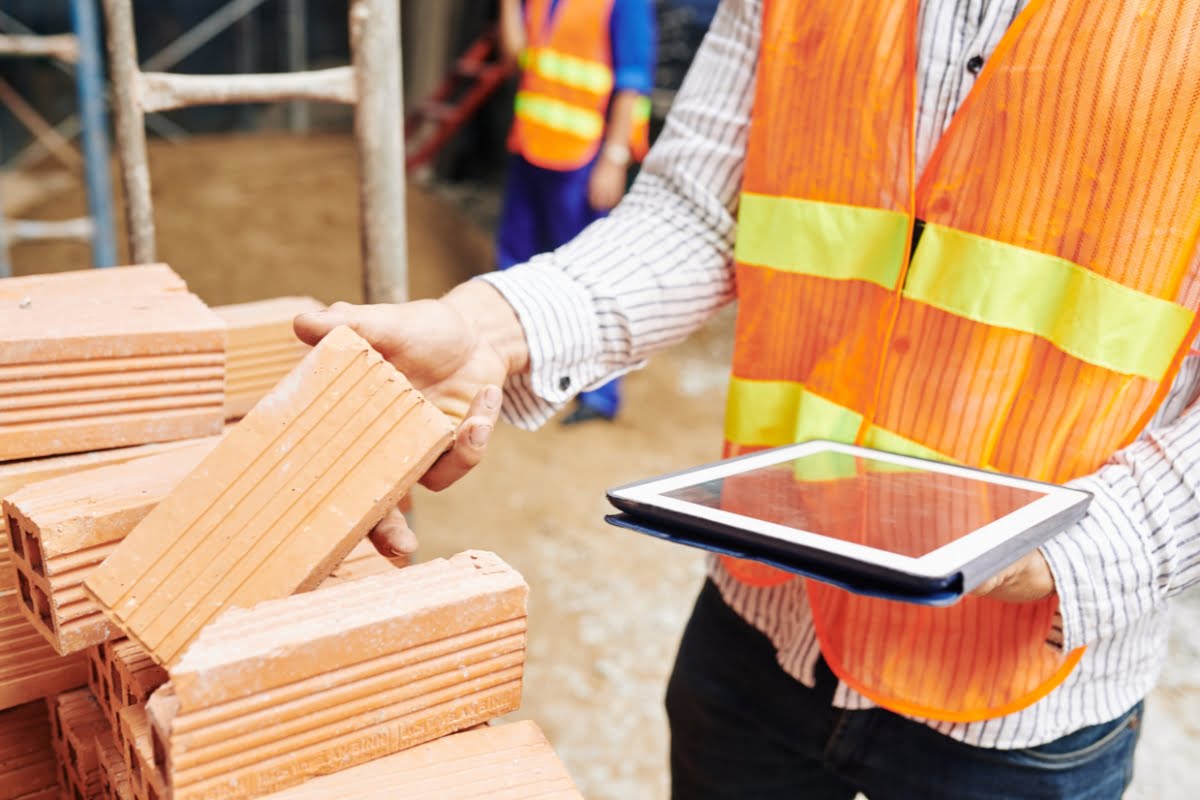
Sustainable building materials have been gaining significant traction in the construction industry due to their eco-friendly properties and long-term benefits.
Incorporating eco friendly building materials in construction projects is not only a trend but a necessity to reduce environmental impact and promote a healthier living environment. The shift towards sustainable construction is transforming remodeling projects across the globe, offering innovative and eco-conscious options for builders and homeowners alike.
Sustainable materials, such as recycled steel, bamboo, cork, and reclaimed wood, are preferred choices in modern construction practices. These materials not only reduce the carbon footprint but also contribute to energy efficiency and overall sustainability of the built environment. Builders and designers are increasingly opting for sustainable alternatives to traditional construction materials to create greener and more environmentally responsible structures.
One of the key advantages of sustainable materials is their durability and longevity. Additionally, sustainable materials often require minimal maintenance and upkeep, making them cost-effective in the long run.
Incorporating sustainable materials in remodeling projects not only benefits the environment but also enhances the overall aesthetics and value of the property. Homeowners are increasingly seeking eco-friendly options for their renovation projects, aligning with the global shift towards sustainable living practices. From energy-efficient windows to low-VOC paints and natural insulation materials, there are numerous sustainable options available to elevate the sustainability quotient of any remodeling project.
Moreover, the use of sustainable building products contributes to a healthier indoor environment by minimizing exposure to harmful chemicals and toxins. With a growing emphasis on health and wellness, choosing eco-friendly materials has become a top priority for both builders and homeowners. Sustainable materials promote better air quality, reduce waste generation, and support a more sustainable lifestyle overall.
Reclaimed Wood: Adding Character and Sustainability to Your Home
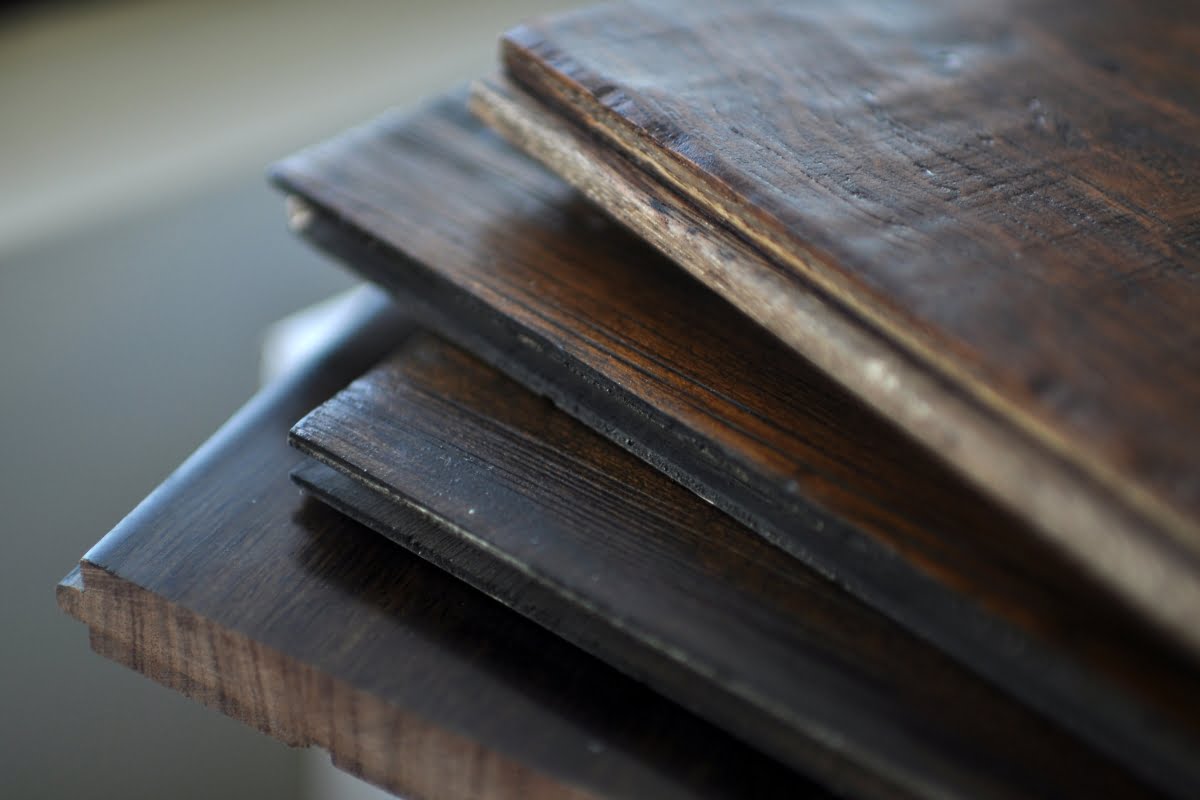
Reclaimed wood is a versatile and sustainable material that can add both character and eco-friendliness to your home. When looking to transform your remodeling projects with eco-friendly options, considering reclaimed wood can be a game-changer.
Using sustainable materials like reclaimed wood not only enhances the aesthetic appeal of your home but also contributes to environmental preservation. By repurposing old wood from barns, warehouses, or even wine barrels, you are reducing the demand for new timber, which helps in conserving forests and reducing deforestation.
Incorporating reclaimed wood into your home design brings a sense of history and uniqueness. Each piece of reclaimed wood tells a story through its weathered texture, knots, and imperfections, adding a touch of character and charm that cannot be replicated by new materials.
Aside from its aesthetic value, reclaimed wood is a durable and long-lasting option for your remodeling projects. Its seasoned nature makes it more stable and less prone to warping or shrinking, ensuring that your investment stands the test of time.
Furthermore, choosing reclaimed wood aligns with the principles of sustainability and responsible consumption. By giving new life to old wood, you are participating in the circular economy and reducing waste that would otherwise end up in landfills.
Bamboo Flooring: A Stylish and Eco-Friendly Flooring Option
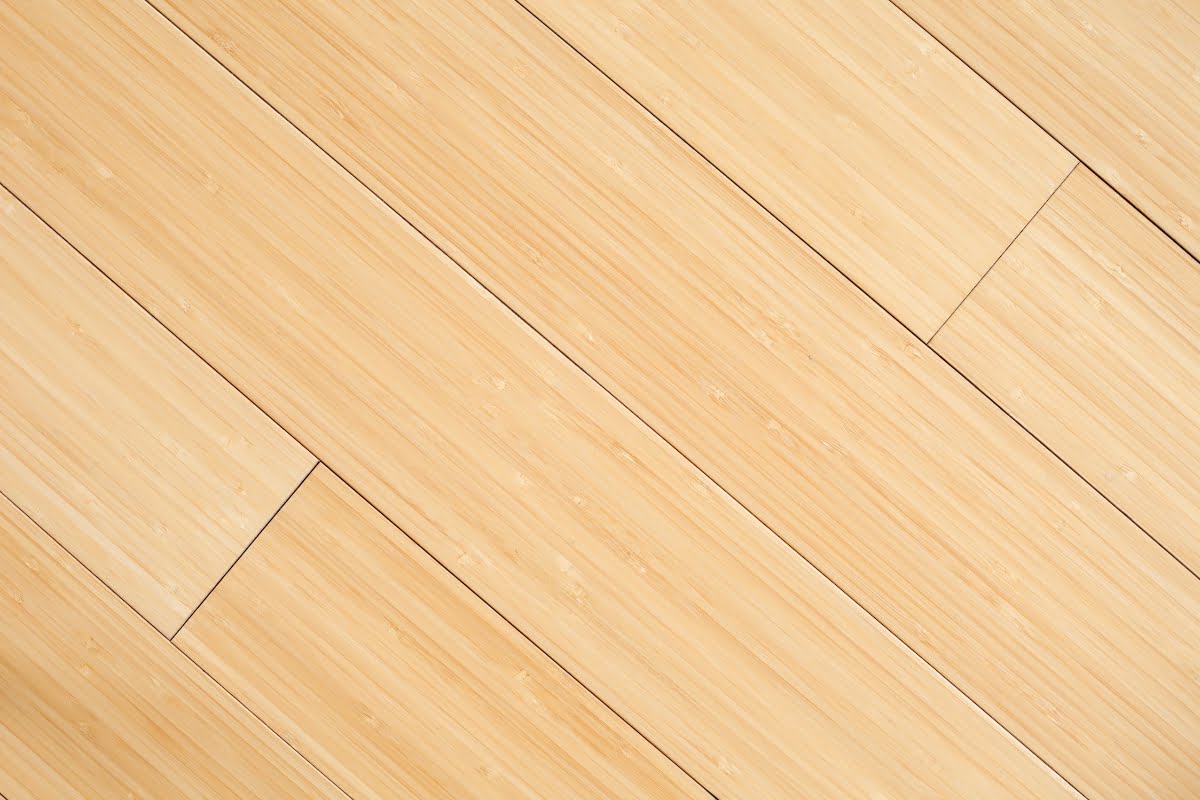
When it comes to remodeling projects, choosing sustainable materials like bamboo flooring can greatly impact the environment. Not only is bamboo flooring stylish and visually appealing, but it also offers an eco-friendly option for those looking to make a positive change in their living spaces.
Bamboo flooring is a popular choice for homeowners who want to incorporate sustainable materials into their homes. It is known for its durability and strength, making it a practical option for high-traffic areas. Additionally, bamboo grows rapidly, making it a renewable resource that helps reduce the strain on traditional wood sources.
In terms of style, bamboo flooring offers a sleek and modern look that can complement a variety of interior design aesthetics. Whether you prefer a contemporary, minimalist style or a more rustic and natural feel, bamboo flooring can be versatile enough to suit your preferences.
By opting for bamboo flooring in your remodeling projects, you are not only adding a touch of sophistication to your space but also contributing to the preservation of the environment. Materials like bamboo help reduce carbon footprint and promote a greener living environment for the present and future generations.
Insulation Innovations: Recycled Materials for a Greener Home
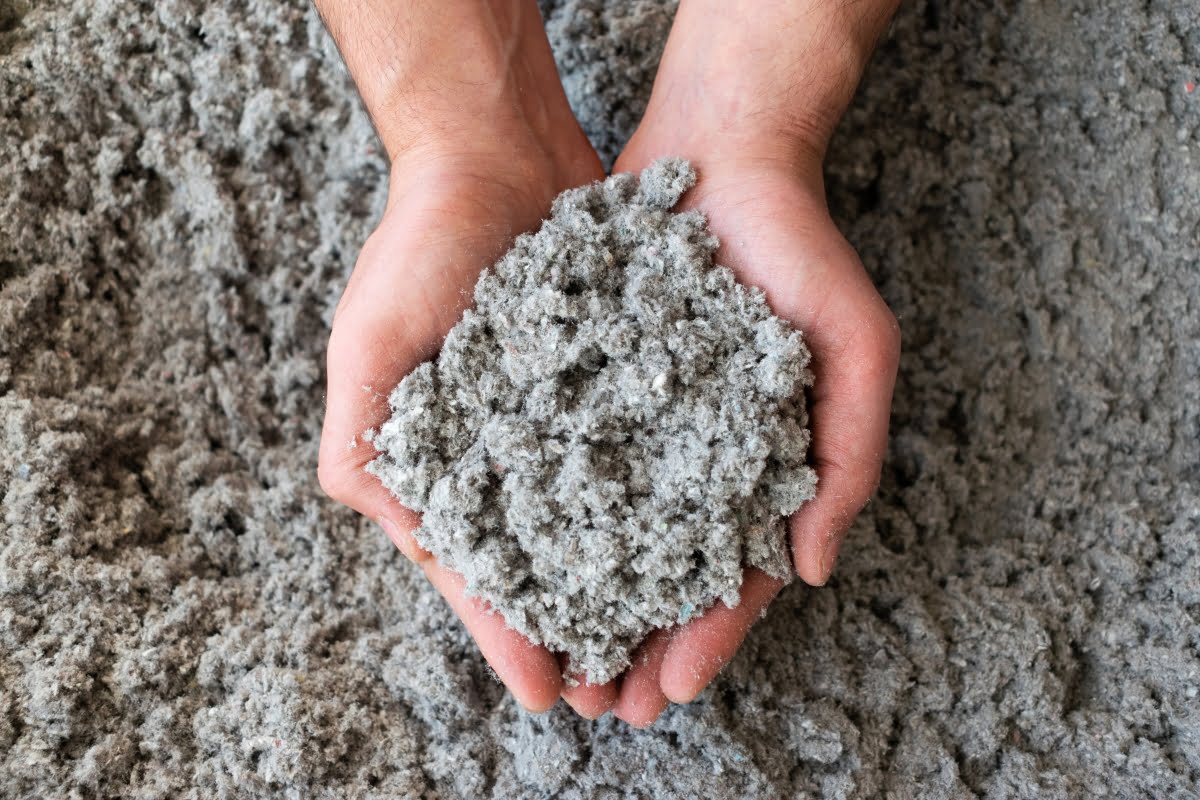
When it comes to sustainable building practices, incorporating recycled materials into insulation is a game-changer. Insulation plays a crucial role in maintaining a comfortable temperature in homes while reducing energy consumption. By using recycled materials for insulation, you not only contribute to a greener environment but also enhance the energy efficiency of your home.
Recycled materials such as denim, newspaper, wool, and even old plastic bottles are being repurposed to create innovative insulation solutions. These materials offer excellent thermal performance, moisture resistance, and sound absorption properties, making them ideal choices for eco-conscious homeowners.
Denim insulation, made from recycled jeans, is not only effective in regulating indoor temperatures but also helps divert tons of textile waste from landfills. Newspaper insulation, treated with non-toxic additives, provides a cost-effective and environmentally friendly way to insulate walls and ceilings.
Wool insulation, sourced from sheared sheep wool, offers natural flame resistance and moisture-wicking properties, making it a sustainable and safe option for insulation. Similarly, insulation made from recycled plastic bottles is lightweight, easy to install, and provides excellent thermal efficiency.
By opting for these insulation innovations made from recycled materials, you can significantly reduce your carbon footprint and create a healthier living environment for you and your family. Materials like these not only benefit the planet but also add value to your home while promoting a greener future for generations to come.
Hempcrete: Revolutionizing Construction with Renewable Hemp Fibers
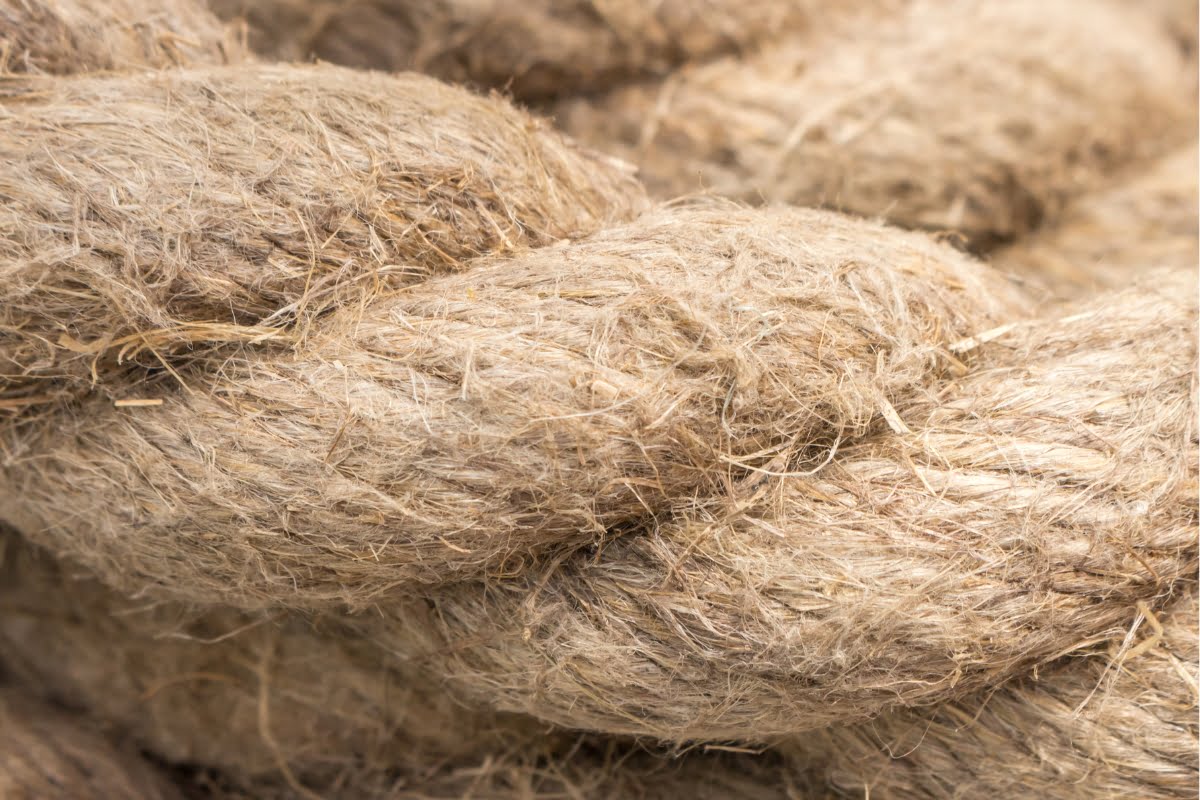
One groundbreaking material that is making waves in the construction industry is hempcrete. This eco-friendly solution combines hemp fibers, lime, and water to create a durable and energy-efficient building material.
Hempcrete offers a sustainable alternative to traditional concrete, reducing carbon emissions and promoting environmental conservation. By utilizing hemp fibers, a renewable resource that grows quickly and requires minimal pesticides, hempcrete significantly decreases the carbon footprint of construction projects.
The process of creating hempcrete is simple yet effective. Hemp fibers are mixed with lime and water to form a slurry, which is then poured into molds to set and harden. The result is a lightweight, breathable material that offers excellent insulation properties. Hempcrete also regulates humidity levels inside buildings, creating a comfortable living or working environment.
In addition to its eco-friendly benefits, hempcrete is also highly durable and fire-resistant, making it a safe and cost-effective choice for construction projects. Its natural composition makes it resistant to mold and pests, reducing the need for harmful chemicals and maintenance costs in the long run.
Cork: A Natural, Renewable, and Versatile Material for Interior Design
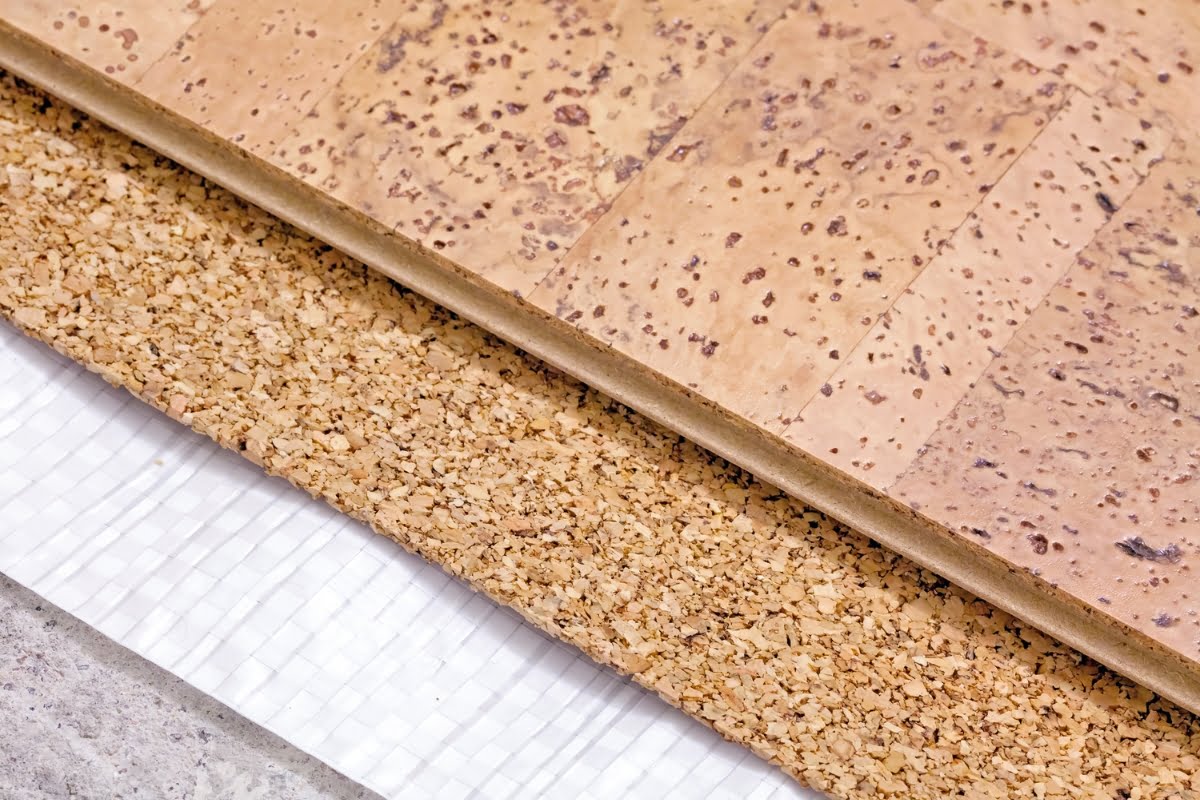
When it comes to sustainable materials, Cork stands out as a natural, renewable, and versatile option for interior design.
Cork is a material that has gained popularity in the construction industry due to its eco-friendly properties. It is harvested from the bark of cork oak trees without causing any harm to the trees, making it a renewable resource.
In interior design, cork offers a wide range of applications. Its natural texture and warm tones make it a versatile option for flooring, wall coverings, and even furniture. For remodeling projects focused on eco-friendly options, incorporating cork into your design can significantly reduce the environmental impact of your project. Its insulating properties help with energy efficiency, making it a practical choice for sustainable projects.
In addition to its environmental benefits, cork is also a durable material that can withstand wear and tear, ensuring longevity in interior design applications.
Recycled Steel: Durable and Environmentally Friendly Structural Option
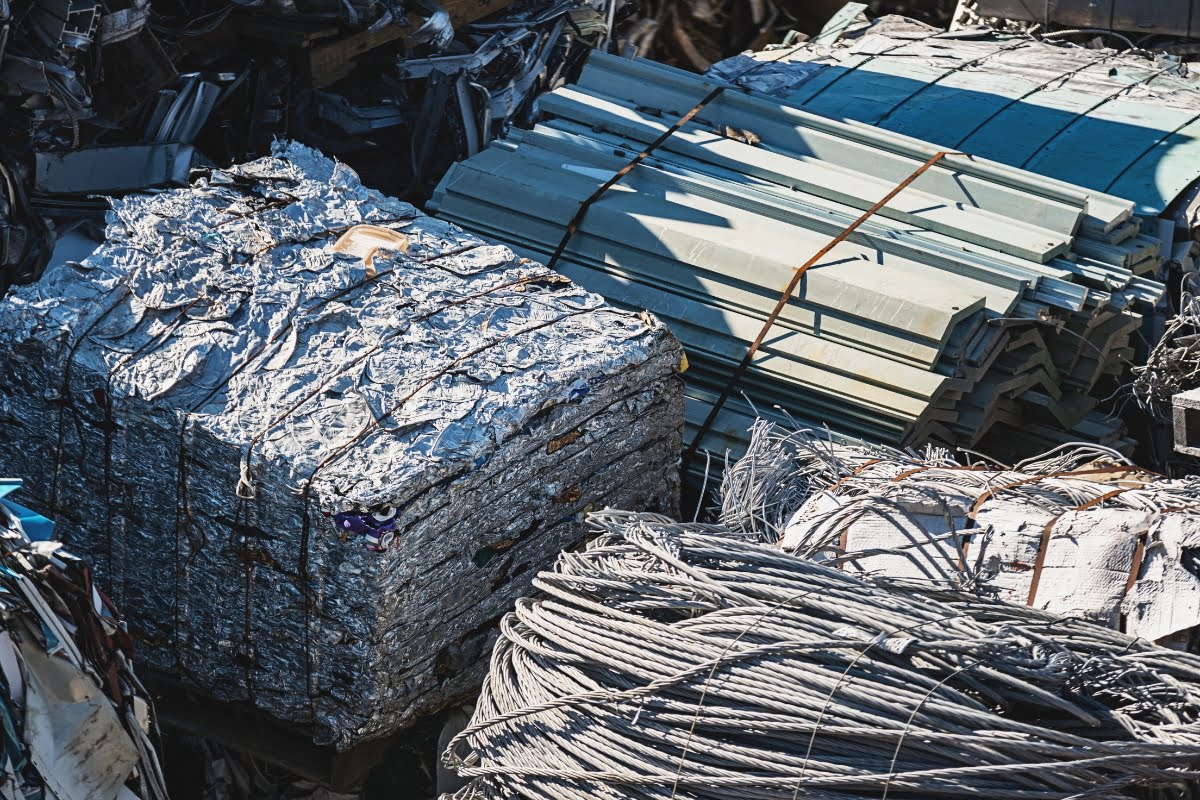
Recycled steel is a top choice when it comes to sustainable materials for remodeling projects. Its durability and eco-friendly nature make it a popular structural option in the construction industry.
Steel is widely recognized for its strength and longevity, making it an ideal material for various construction projects. When steel is recycled, it not only retains its robust properties but also reduces the need for new raw materials, thereby minimizing environmental impact.
Choosing recycled steel for your remodeling projects is a step towards sustainability. By opting for this eco-friendly option, you contribute to reducing waste and conserving natural resources. Additionally, using recycled steel can earn your project green building certifications, showcasing your commitment to environmental responsibility.
Incorporating recycled steel into your remodeling projects not only benefits the environment but also adds a modern and industrial aesthetic to your design. Its versatility allows for creative architectural solutions while ensuring structural integrity.
Moreover, recycled steel is cost-effective in the long run. Its durability and low maintenance requirements save you money on repairs and replacements over time. This makes it a practical choice for sustainable projects that prioritize both environmental consciousness and financial efficiency.
Rammed Earth Construction: Ancient Technique for Modern Sustainable Homes

Rammed earth construction is an ancient technique that is gaining popularity in modern sustainable home design. This eco-friendly method utilizes raw materials like earth, gravel, and clay, reducing the need for manufactured construction materials.
Sustainable materials play a crucial role in transforming remodeling projects into eco-friendly endeavors. Rammed earth construction aligns perfectly with this ethos, as it minimizes the carbon footprint of a building by utilizing natural resources that are abundant and locally sourced.
The process of rammed earth construction involves compressing earth within a formwork to create solid walls. This technique not only provides excellent thermal mass, regulating indoor temperatures naturally, but also contributes to the overall sustainability of a structure.
Incorporating rammed earth walls into modern homes offers a unique aesthetic appeal, showcasing the natural beauty of the materials. The earthy tones and textures create a warm and inviting atmosphere, making these homes not only sustainable but also visually striking.
Furthermore, rammed earth construction is durable and low maintenance, ensuring that the structures built with this technique stand the test of time with minimal impact on the environment. This longevity adds to the sustainability factor, reducing the need for frequent repairs or replacements.
Conclusion: Embracing Sustainable Construction for a Greener Future
As we’ve explored the various sustainable materials available today, it’s clear that eco-friendly options are not only better for the environment but also offer numerous benefits for homeowners. By incorporating sustainable materials into your remodeling projects, you can transform your home into a beautiful space that reflects your commitment to a greener future.
For expert guidance and a commitment to sustainability, choose FD Remodeling Company. Our team specializes in remodeling solutions that align with your values and needs. Contact us today at 404-857-5582 or visit our website to fill out the online form for a free estimate. Let FD Remodeling Company help you create a greener, more sustainable home.

